ARCHITECTURE THROUGHOUT HISTORY
- 6TH CENTURY – THE BYZANTINE Their architecture was mainly religious. It was more ofcused on the interior and it had simple exteriors. Also, lots of buildings ere constructed for charitable activities, such as, hospices, hospitals, orphanagues… Stone was widely used.
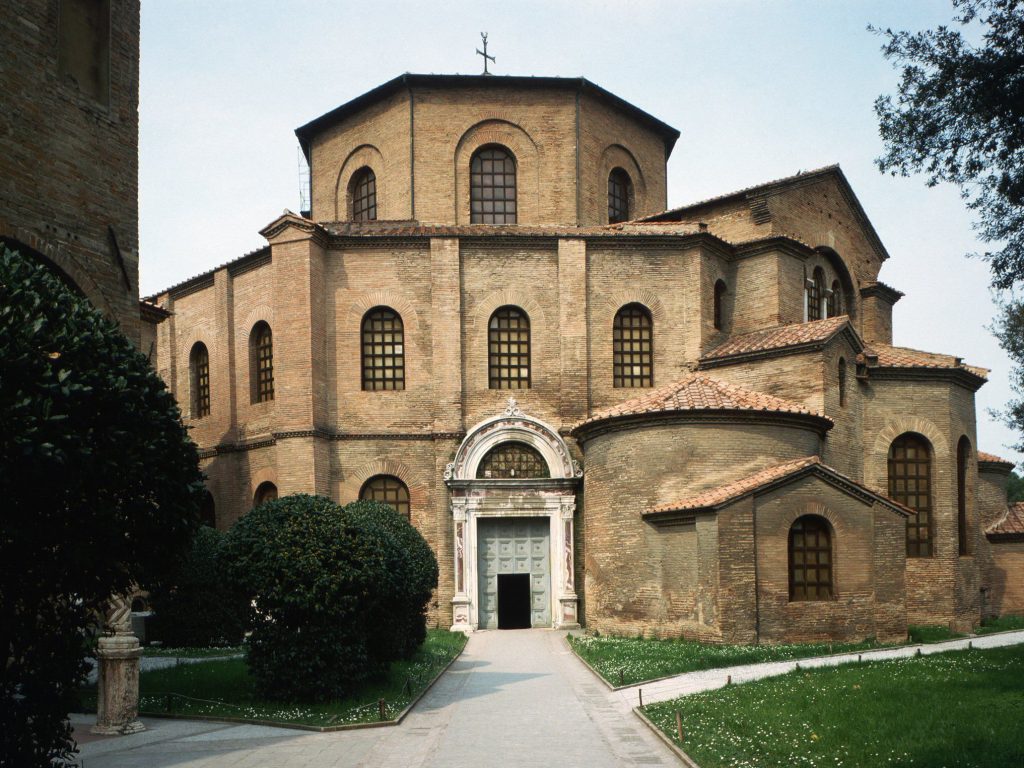
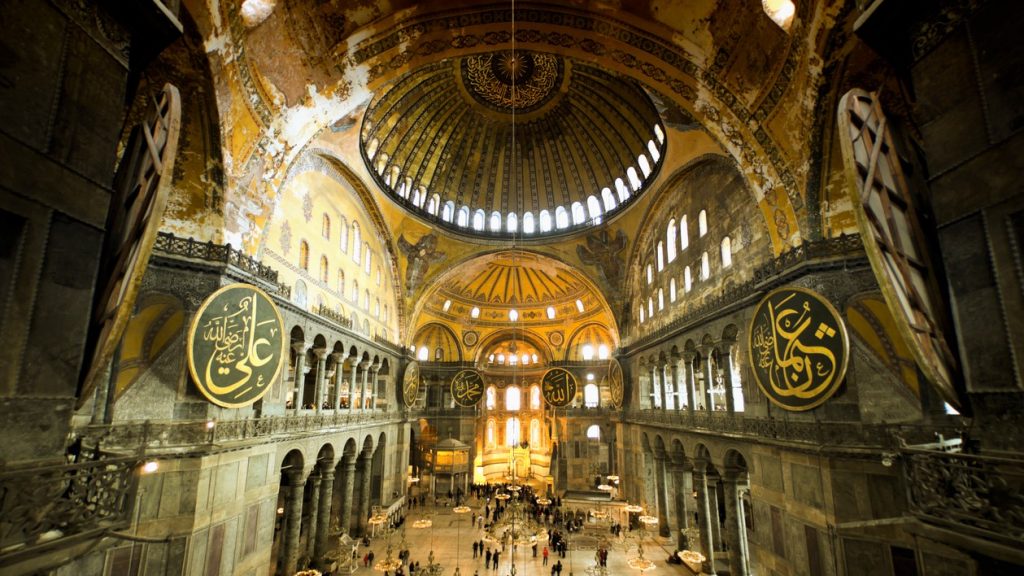
- PRE-ROMANESQUE In addition to churches and monasteries that followed the christian tradition of the Romasn empire, castles were developed.

- ISLAMIC A common feature of the islamic architecture is the use of towers and water. Towers are defensive elements but also viewpoints over the landscape. They invented new architectural types, such as Mosques (places to pray) and Hamams (baths). Ornaments are used to create an atmosphere of light and color, it’s decoration is based on geometrical shapes and repetition.

- ROMANESQUE Romanesque architecture is related with the Normans. It is based on the use of semicircular vaults. Due to the evangelization of religious orders, the romanesque is spread all arround Europe, giving rise to a multitude of variants.
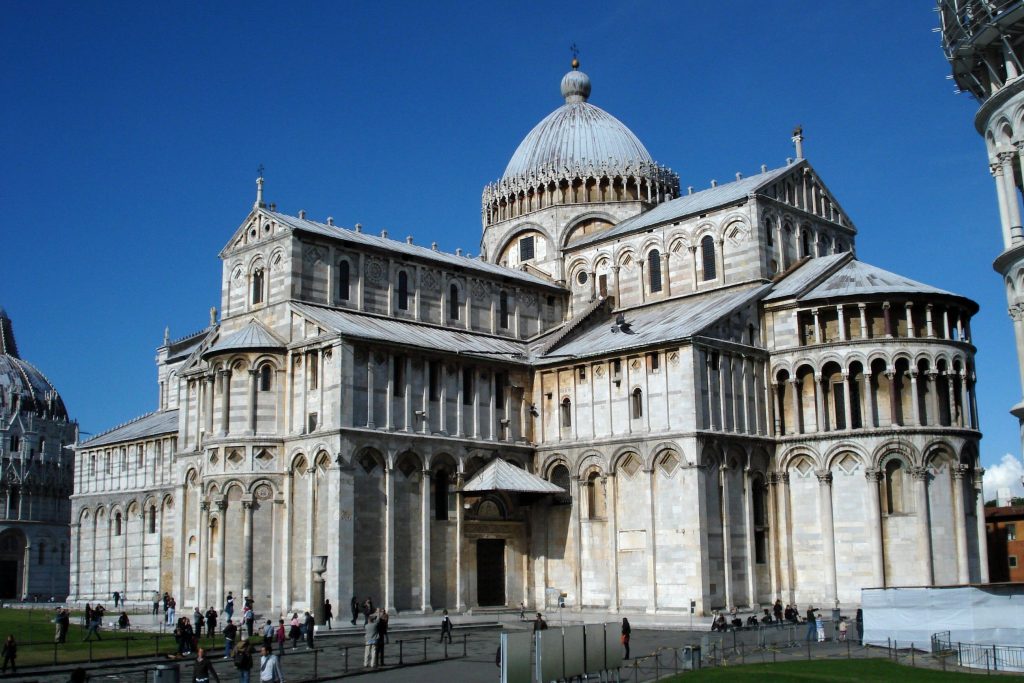
- GOTHIC Gothic architecture stands out beacuse of a system consisting on reinforcing the roman vault with diagonal ribs. Some other characteristics of this type of architecture is, the brightness in its interiors or the big height of the buildings. The most important buildings of this period were cathedrals
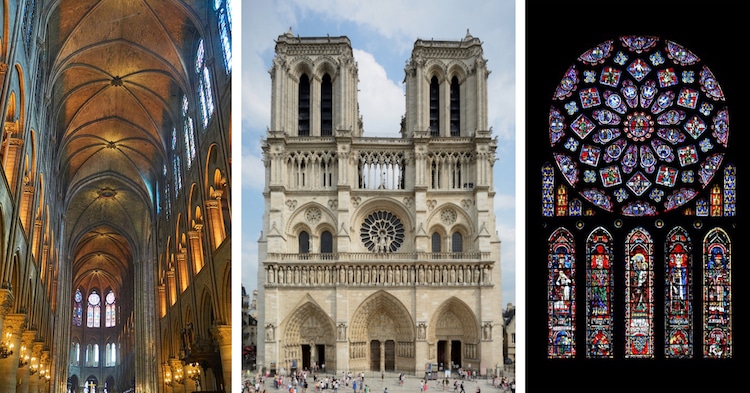
- REINASSANCE The Church suffers an enormous crisis thet leads to the schism of the West.In the 15th Century, specially in Italy, an urban culture emerged and people payed for the construction of new buildings. Humanism emphatized the importance of the Human and this left a little behind the idea of following strictly the word of God. Classic architecture was recovered and it was extended all around Europe. The new architecture had to be ratinally understable, it had to respect proportions.
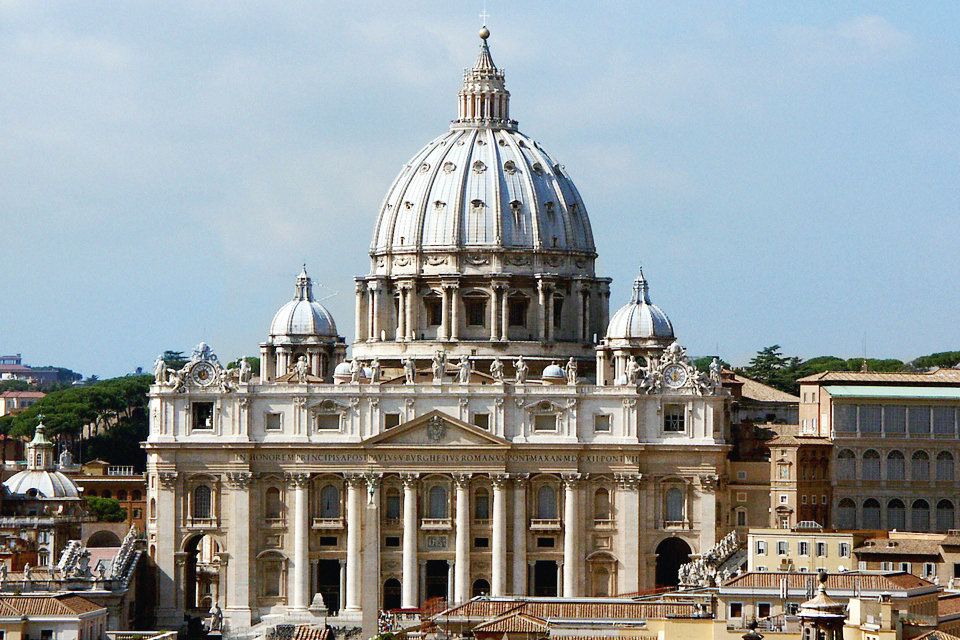
- NEOCLASSIC It was a confusing and contradictory historical moment in which neoclassicism, an incipient Romanticism and the beginnings of the industrial revolution co-existed from the rococo to the neoclassicism. There are several aesthetic approaches in this period. The neoclassical style was linked to the idea of public service and educational functions of the buildings.
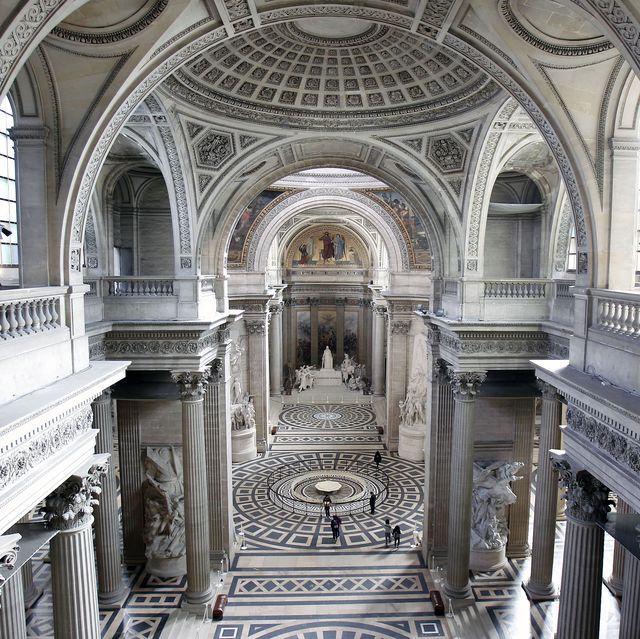
- 19TH CENTURY The industrialization of the western world caused an increasement of population in cities. So cities began their expansion. Polytechnic schools and international exhibitions are founded, experimenting new shapes and materials.

- 20TH CENTURY
- ART NOVEAU: It is characterized by clean lines, curves and undulating inspired by nature and oriental art.
- AVANT GARDE: They are characterized by having an urban architecture that has asymmetrical touches, atmospheres and interior spaces that are simple and little overloaded,
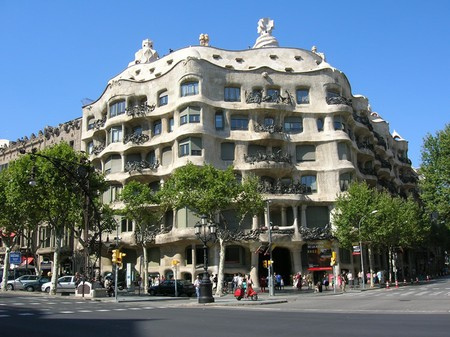
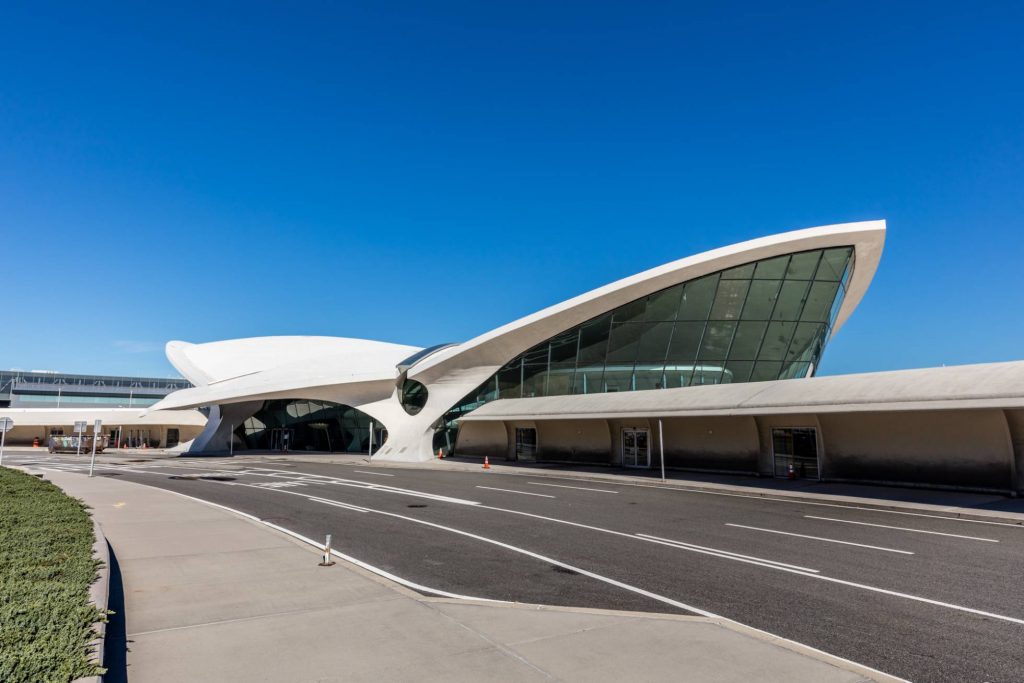
Comentarios recientes